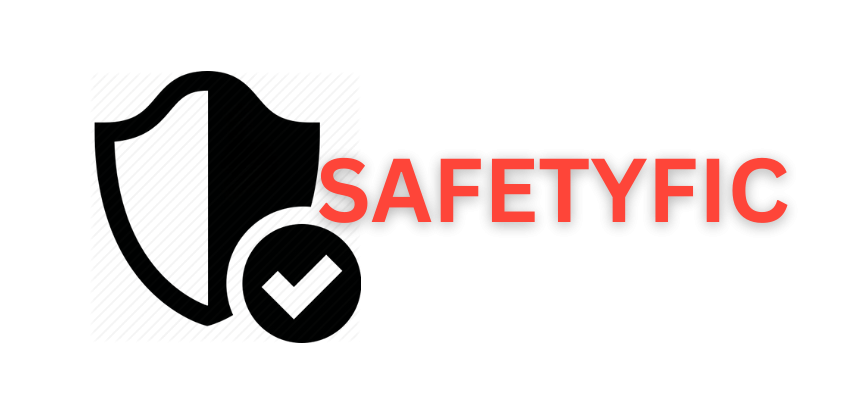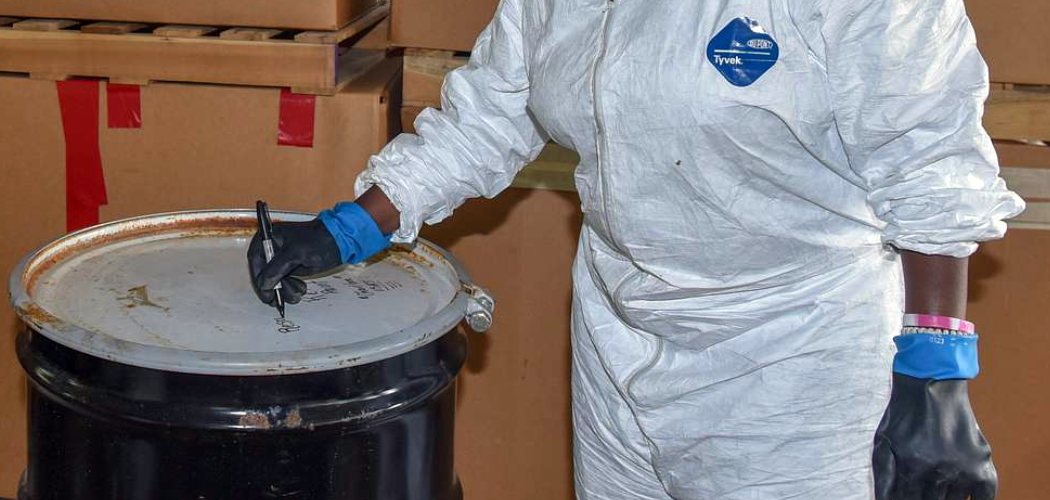Are you struggling with disposing of hazardous waste? Look no further! In this guide, we will discuss everything you need to know about how to dispose of hazardous waste correctly.
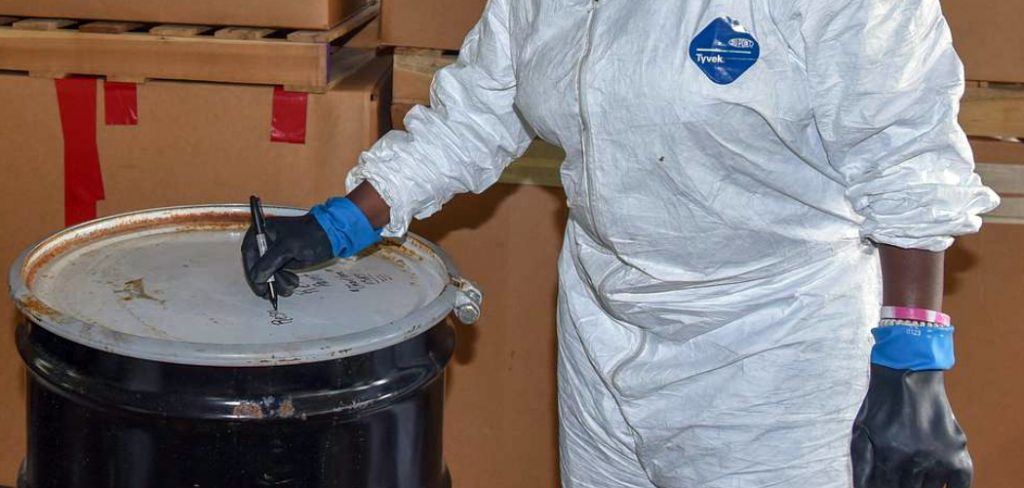
Proper disposal of hazardous waste is essential for protecting both the environment and public health. Hazardous waste includes chemicals, batteries, electronics, and certain household products that can pose significant risks if handled incorrectly. Mismanagement of these items can lead to pollution, contamination of water sources, and harm to wildlife. Additionally, improper disposal of hazardous waste can also put the safety of individuals, such as waste management workers, at risk.
This guide will provide practical steps and important considerations to ensure hazardous waste is disposed of safely and responsibly, helping to minimize its impact on our planet.
What Is the Importance of Proper Disposal of Hazardous Waste?
As mentioned earlier, the improper disposal of hazardous waste can have severe consequences for both the environment and public health. Here are some reasons why it is essential to dispose of dangerous waste correctly:
- Protecting the Environment: Hazardous waste can contaminate soil, water sources, and air if not disposed of properly. This contamination can harm plants and animals, disrupt ecosystems, and ultimately damage our environment.
- Preventing Health Risks: Certain types of hazardous waste can be toxic or corrosive and threaten human health if not managed carefully. Exposure to these substances can cause various health issues, such as respiratory problems, skin irritation, and even cancer.
- Ensuring Safe Waste Management: Proper disposal of hazardous waste is crucial for the safety of waste management workers. These individuals are responsible for handling and transporting dangerous materials, so it is essential to dispose of them correctly to protect their health and well-being.
These are just a few reasons why it is essential to dispose of hazardous waste correctly.
What Will You Need?
Before you begin disposing of hazardous waste, gathering all the necessary materials is essential. Here are some items that you may need:
- Protective Gear: When handling hazardous waste, it is crucial to wear protective gear such as gloves, goggles, and a mask. This will prevent any direct contact with the waste and protect your health.
- Sealable Containers: You will need sealable containers to safely store and transport hazardous materials.
- Labels: Clearly labeling each container will help identify its contents and ensure proper disposal methods are used.
- Absorbent Materials: In case of spills or leaks, have absorbent materials on hand to contain and clean up the waste.
- Proper Disposal Methods: It is essential to research and understand the appropriate disposal methods for each type of hazardous waste you are dealing with to ensure it is disposed of correctly.
Once you have gathered all the necessary materials, you can begin disposing of hazardous waste.
10 Easy Steps on How to Dispose of Hazardous Waste Correctly
Step 1. Identify the Waste:
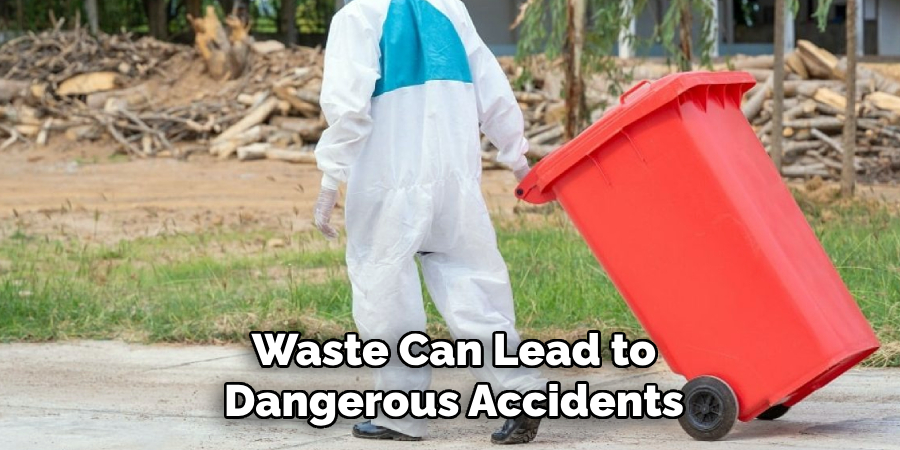
To dispose of hazardous waste properly, the first step is to identify the type of waste you are handling accurately. Dangerous waste can come in many forms, including solid, liquid, gas, or sludge, and can be classified as toxic, flammable, corrosive, or reactive. Review the material’s label, Safety Data Sheet (SDS), or any accompanying documentation to determine its chemical properties and potential risks.
Some hazardous waste may also have distinct characteristics, such as a strong smell, unusual coloration, or the potential to ignite or corrode. Proper identification is critical for compliance with safety and environmental regulations and ensuring that the waste is handled, transported, and disposed of safely. Misidentifying waste can lead to dangerous accidents, legal penalties, or environmental harm, making this an essential first step in the disposal process. Always take the time to assess and classify the waste meticulously before moving forward.
Step 2: Proper Storage and Labeling
Once the hazardous waste has been identified and classified, the next crucial step is ensuring proper storage and labeling. Store the waste in appropriate, compatible containers that are resistant to leaks, corrosion, or damage from the chemical properties of the material. Avoid mixing different types of hazardous waste in the same container, as this can cause dangerous chemical reactions. Clearly label each container with the contents, hazards, and necessary precautionary measures, using standardized labels that are compliant with relevant regulations.
This practice not only minimizes risks to health and safety but also facilitates correct transportation and disposal. Keep the storage area secure, well-ventilated, and away from potential ignition sources or incompatible materials. Proper storage and labeling can prevent accidents and ensure compliance with legal requirements.
Step 3: Safe Transportation
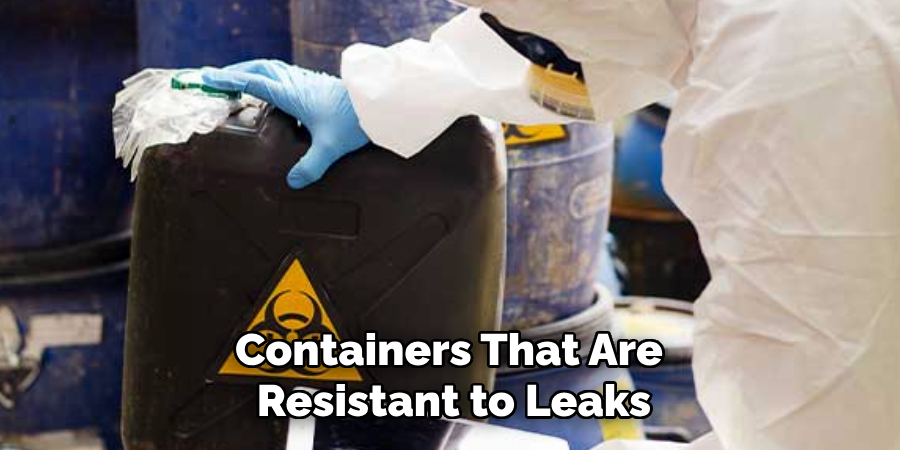
After proper storage and labeling, the next step is ensuring the safe transportation of hazardous waste. Only certified and licensed waste transporters should handle the materials to guarantee compliance with local and federal regulations. During transportation, use vehicles and equipment designed to contain hazardous waste and prevent leaks or spills securely.
Verify that all containers remain sealed and labeled adequately throughout the process. Additionally, maintain thorough documentation, including waste manifests, which detail the waste’s type, quantity, and intended destination. Adhering to these practices ensures the waste reaches its disposal or recycling facility safely and without posing risks to public health or the environment.
Step 4: Proper Disposal or Recycling
The final step in managing hazardous waste is ensuring its proper disposal or recycling. Depending on the type of waste, it must be treated, neutralized, or processed at a certified hazardous waste facility. Recycling options may also be available for specific materials, such as solvents or electronic waste, which can be reclaimed and reused. Ensure the disposal site complies with all regulatory standards to prevent environmental contamination.
Always consult local regulations to determine acceptable disposal methods for specific waste types. Properly disposing of hazardous waste safeguards ecosystems, protects public health, and promotes responsible environmental stewardship.
Step 5: Recordkeeping and Documentation
Maintaining accurate records and documentation is a crucial step in hazardous waste management. This involves keeping detailed logs of the waste’s type, quantity, transportation, treatment, and final disposal. Proper recordkeeping ensures compliance with regulatory requirements and helps track waste management activities over time. Documentation also aids in accountability and provides necessary information during audits or inspections by environmental agencies. By diligently recording all aspects of hazardous waste handling, organizations can identify areas for improvement and ensure sustainable practices.
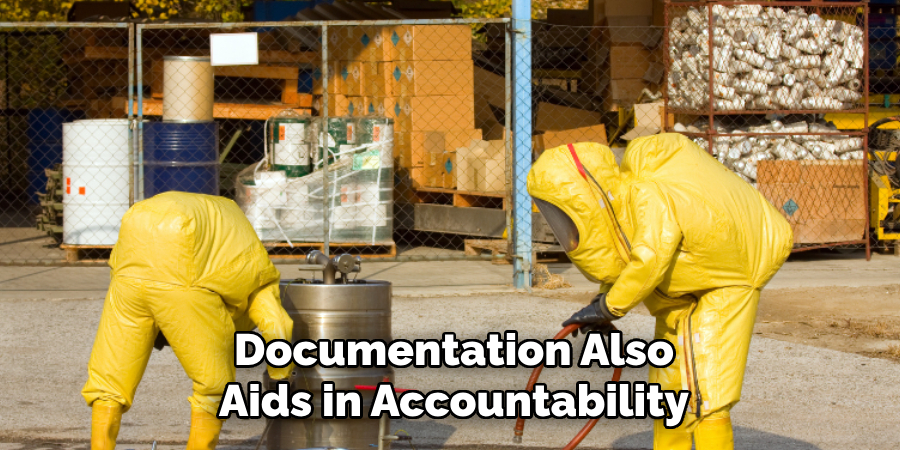
Step 6: Training and Education
Providing comprehensive training and education is an essential component of hazardous waste management. Employees handling, storing, or disposing of hazardous waste must be well-informed about safety protocols, regulatory requirements, and emergency response procedures. Regular training sessions ensure staff understand the risks associated with dangerous materials and the correct methods for mitigating those risks. Educating employees promotes a safer workplace and enhances compliance with environmental regulations. Organizations can minimize accidents and improve overall waste management practices by fostering awareness and equipping personnel with the necessary skills.
Step 7: Emergency Preparedness
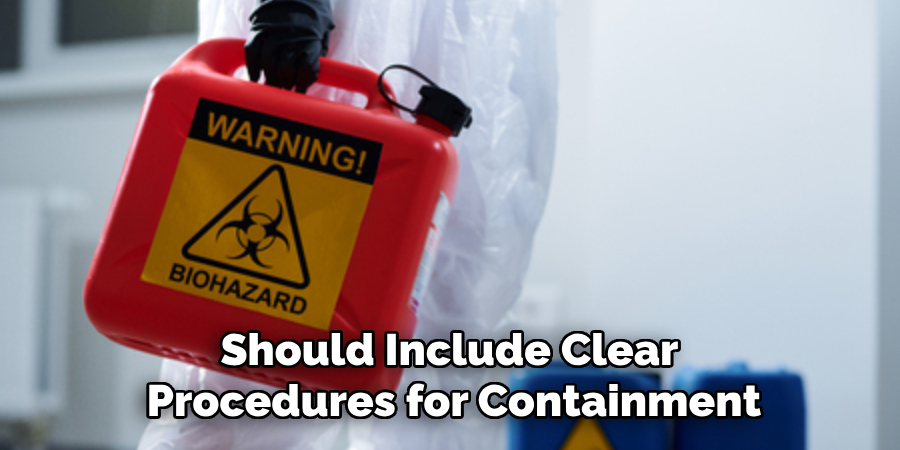
Preparing for emergencies is a vital aspect of hazardous waste management. Organizations must develop and implement an emergency response plan to address potential incidents like spills, leaks, or other dangerous material releases. This plan should include clear procedures for containment, cleanup, and communication with relevant authorities. Regular drills and simulations ensure that employees are familiar with their roles during emergencies, minimizing the impact of such incidents. Proper emergency preparedness protects human health and the environment and demonstrates the organization’s commitment to safety and regulatory compliance.
Step 8: Monitoring and Continuous Improvement
An effective hazardous waste management program requires ongoing monitoring and continuous improvement. Organizations should regularly inspect storage areas, transport processes, and disposal practices to ensure compliance with current regulations and identify potential risks. Conducting audits and analyzing incident reports can provide valuable insights into areas needing improvement. Additionally, staying informed about changes in rules and advancements in waste management technology enables organizations to adopt more effective and sustainable practices. Continuous monitoring and improvement reduce risks and contribute to a more efficient and environmentally responsible operation.
Step 9: Keep Informed and Stay Compliant
The regulations and best practices for hazardous waste management are constantly evolving, making it crucial for organizations to stay informed and comply with current requirements. This involves regularly reviewing regulatory updates from local, state, and federal agencies and implementing necessary changes to ensure compliance. Additionally, participating in industry associations or working with consultants can provide valuable guidance on the latest trends and practices in hazardous waste management. Organizations can demonstrate their commitment to safety, sustainability, and responsible environmental stewardship by staying informed and maintaining compliance with all applicable laws.
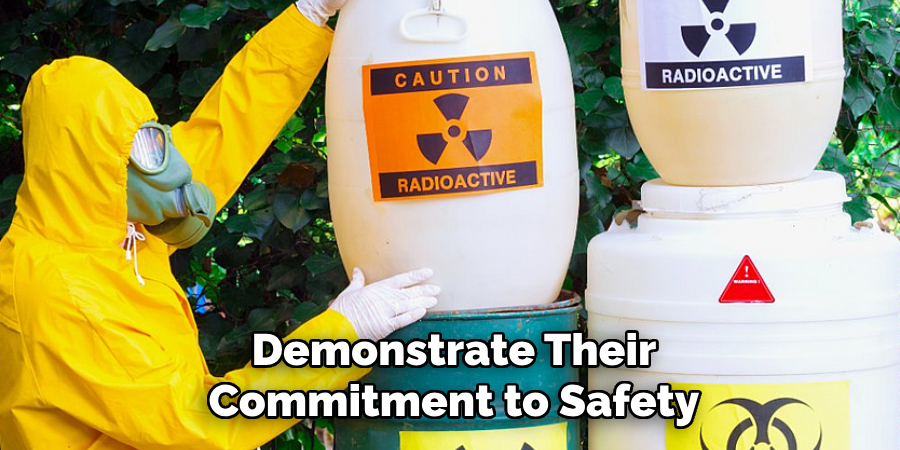
Step 10: Build Awareness and Promote Sustainability
Finally, organizations can promote responsible hazardous waste management by building awareness and promoting sustainability. This involves educating stakeholders, customers, and the public about proper waste-handling practices and their environmental impact. By communicating transparently about their waste management efforts, companies can build trust with their stakeholders and demonstrate their commitment to preserving the environment for future generations. Additionally, implementing sustainable practices like reducing waste generation or using renewable materials can further promote environmental stewardship and contribute to a cleaner, healthier planet.
By following these ten steps, organizations can effectively manage their hazardous waste and contribute to a safer and more sustainable world.
Conclusion
How to dispose of hazardous waste correctly is a critical responsibility for individuals, businesses, and organizations.
By following a structured approach that incorporates identification, segregation, compliance with regulations, and safe disposal methods, hazardous waste can be managed to minimize its impact on human health and the environment. Awareness, education, and adopting sustainable practices are essential components of this process, ensuring that waste is handled responsibly and safely.
Effective hazardous waste management safeguards natural resources, protects ecosystems, and promotes a healthier future for all.
